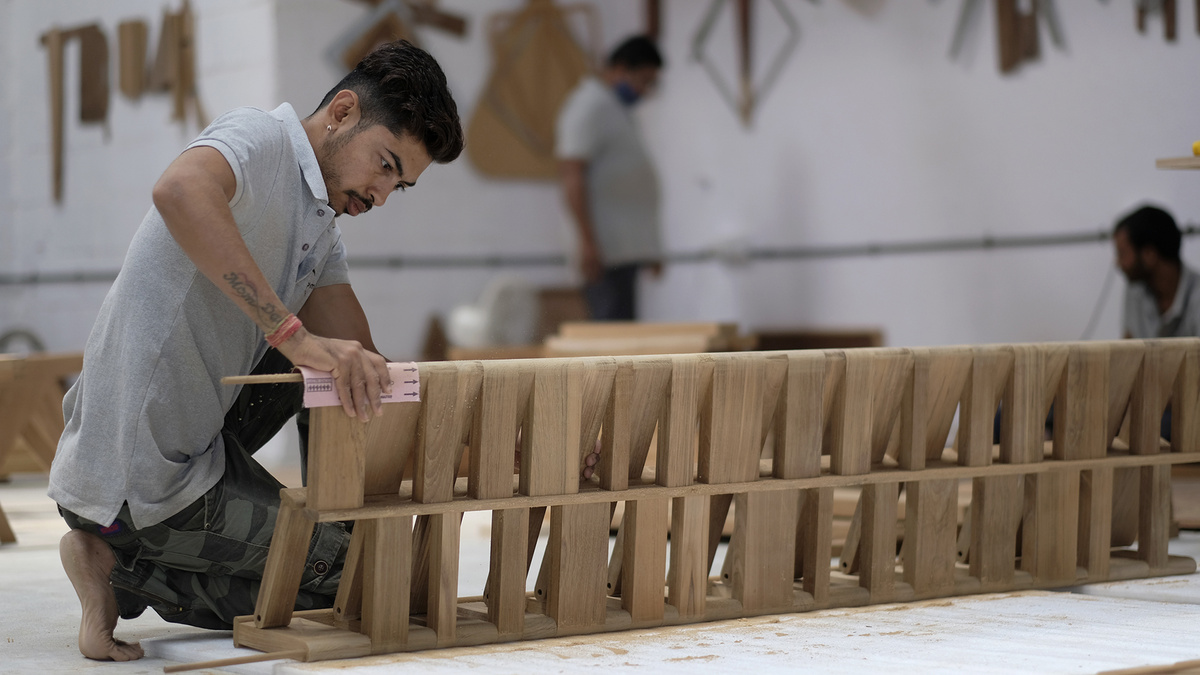
In India, traditional carpentry work still prevails, although modular furniture is gaining popularity. While modular kitchens are more prevalent in customers’ homes, other furniture pieces are often custom-made by carpenters. However, customers often notice a stark difference in finishing between modular furniture and carpenter-made pieces. This sometimes leads to dissatisfaction, and carpenters face reprimands from their customers. To bridge this gap and achieve superior finishing, carpenters have started incorporating edge banding into their work. This not only enhances the quality of their craftsmanship but also leaves customers more satisfied.
As a result of these changes, the sale of edge banding has increased. However, along with the positive developments, challenges have also emerged. Previously, most ready-made furniture was constructed using particle board or MDF, which had limited colour and design options. Edge banding companies faced fewer difficulties as they didn’t have to create intricate designs. They focused on quantity and quality within the limited color range. However, now they face the challenge of expanding their range significantly. They are required to produce fewer quantities of a greater variety. While their overall production and sales have increased, they now have to expand their range extensively. Previously, they might have produced 1 or 2 designs per 1 lakh meters, but now they need to create 10 or 12 designs within the same quantity.
This shift in the Indian carpentry industry highlights the increasing demand for high-quality finishes and the adoption of modern techniques. Edge banding has become a crucial element in bridging the gap between traditional carpentry and modular furniture. By incorporating edge banding into their work, carpenters can offer a polished look and feel to their creations, meeting the expectations of discerning customers. It also opens up opportunities for edge banding companies to expand their product range and cater to the evolving demands of the market.
In conclusion, the Indian carpentry industry is witnessing a transformation as carpenters embrace edge banding to achieve superior finishing and meet customer expectations. The rise of modular furniture has spurred the demand for high-quality craftsmanship, and edge banding has emerged as a solution to bridge the gap. While the sale of edge banding has increased, companies face the challenge of expanding their range significantly to cater to diverse design preferences. This shift in the industry highlights the importance of adapting to changing customer demands and incorporating modern techniques to stay relevant and thrive in the market.